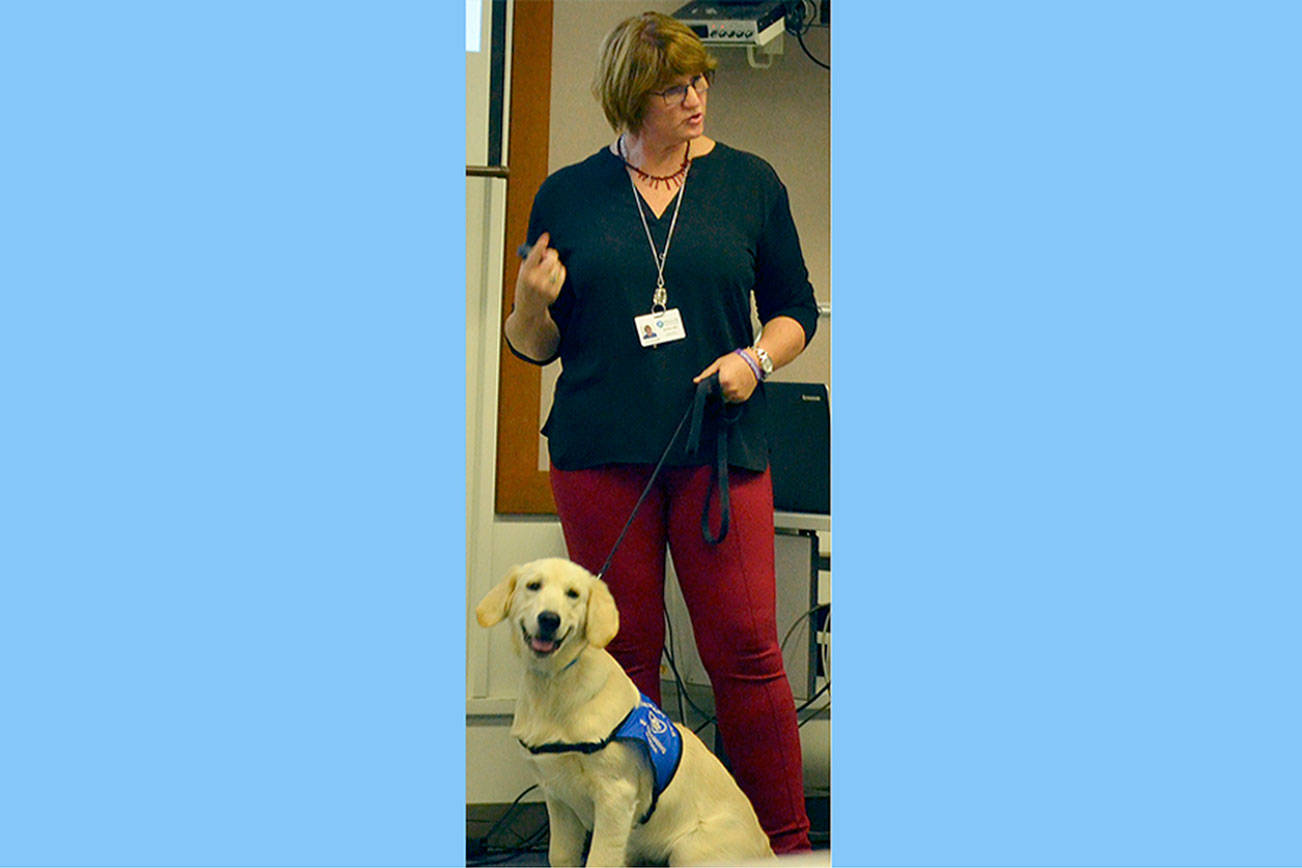MARYSVILLE – Life can be confusing, especially so if your gender identity is not heterosexual.
That is why the Marysville School District teaches students about gender identity starting in the sixth grade in health class.
Nationwide, the teachings have been controversial. Some school boards have been grilled by parents for teaching it without their knowledge. Other districts have downright banned it. Others say its just spreading a certain ideology. Planned Parenthood says it should be addressed as early as age 3.
But in Marysville, there has been little to no opposition. School leaders say that is because parents are notified a month in advance about the teachings, been given a chance to go over materials and allowed to opt out their children if desired.
Brynn Marcum, director of curriculum and assessment, said the district has adopted the free curriculum endorsed by the state Office of Superintendent of Public Instruction. Even though the number of students experiencing gender identity is small, it is important for everyone to learn about acceptance.
“It’s confusing going through their feelings, and people telling them they’re wrong,” Marcum said.
Gender identity refers to being a boy or girl, or both, or neither, regardless of their gender assigned at birth.
Jodi Runyon, director of engagement and outreach, said: “Knowledge is a priority” for students and parents. “We want them to have the information they need.”
She added the district wants to provide equity and access for students, including those who don’t have a heterosexual identity.
The topic is also an important one for parents to address.
“We’d like the parents to take the lead in the conversation,” Runyon said.
Marcum said parents in grades 5th through 12th looked over the materials.
“That first experience was positive with the community,” she said.
Runyon said some communities are starting the discussion as early as kindergarten, but this one has decided to wait until later.
She added that the state legislature is looking at amending the Healthy Youth Act of 2007, so there may need to be some policy changes after the session.
About 15 people attended a meeting with Marcum Tuesday night related to the Family Life And Sexual Health and KNOW curriculums taught in Marysville schools. Some questions came up, but none related to gender identity.
Marcum pointed out that if teachers are asked sensitive questions they are instructed to say, “That would be a good question to ask your parents.”
Gender identity students
•The school administrator is encouraged to meet with students working through gender identity and their parent/guardian. They should discuss the student’s needs and any accommodations.
•No student will be required to use a restroom or locker room that conflicts with his or her gender identity.
•They also will be able to participate in physical education and athletic programs consistent with their gender identity.
•School dress codes will be gender-neutral so students can dress consistent with their gender identity.
Examples in high school
•All students – regardless of sex, sexual orientation, gender identity or gender expression – deserve a safe educational environment free from discrimination, harassment, intimidation and bullying.
•Expectations on people to be heterosexual is harmful to all people.
•Everyone should be shown courtesy and respect. It’s wrong to tease or bully others. •Lesbian, gay, bisexual, transgender and queer people suffer higher rates of pregnancy, sexually transmitted diseases and sexual violence.
•Young people are more accepting of LGBTQ people than ever before.
•Bullying can make people feel bad about themselves, afraid to come to school, make them depressed or even suicidal.
OSPI standards
•Beginning in kindergarten, students will be taught about the many ways to express gender. Crossdressing is one form of gender expression.
•Third-graders will be introduced to gender identity. These children will be taught they can choose their own gender.
•Fourth-graders will be expected to “define sexual orientation,” which refers to whether a person identifies as heterosexual, homosexual, or bisexual; they’ll also be taught about HIV prevention. They will be told they can choose their sexual orientation.
•Seventh-graders will be expected to “distinguish between biological sex, gender identity, gender expression, and sexual orientation.”
•High school students will critically “evaluate how culture, media, society, and other people influence our perceptions of gender roles, sexuality, relationships, and sexual orientation.”







